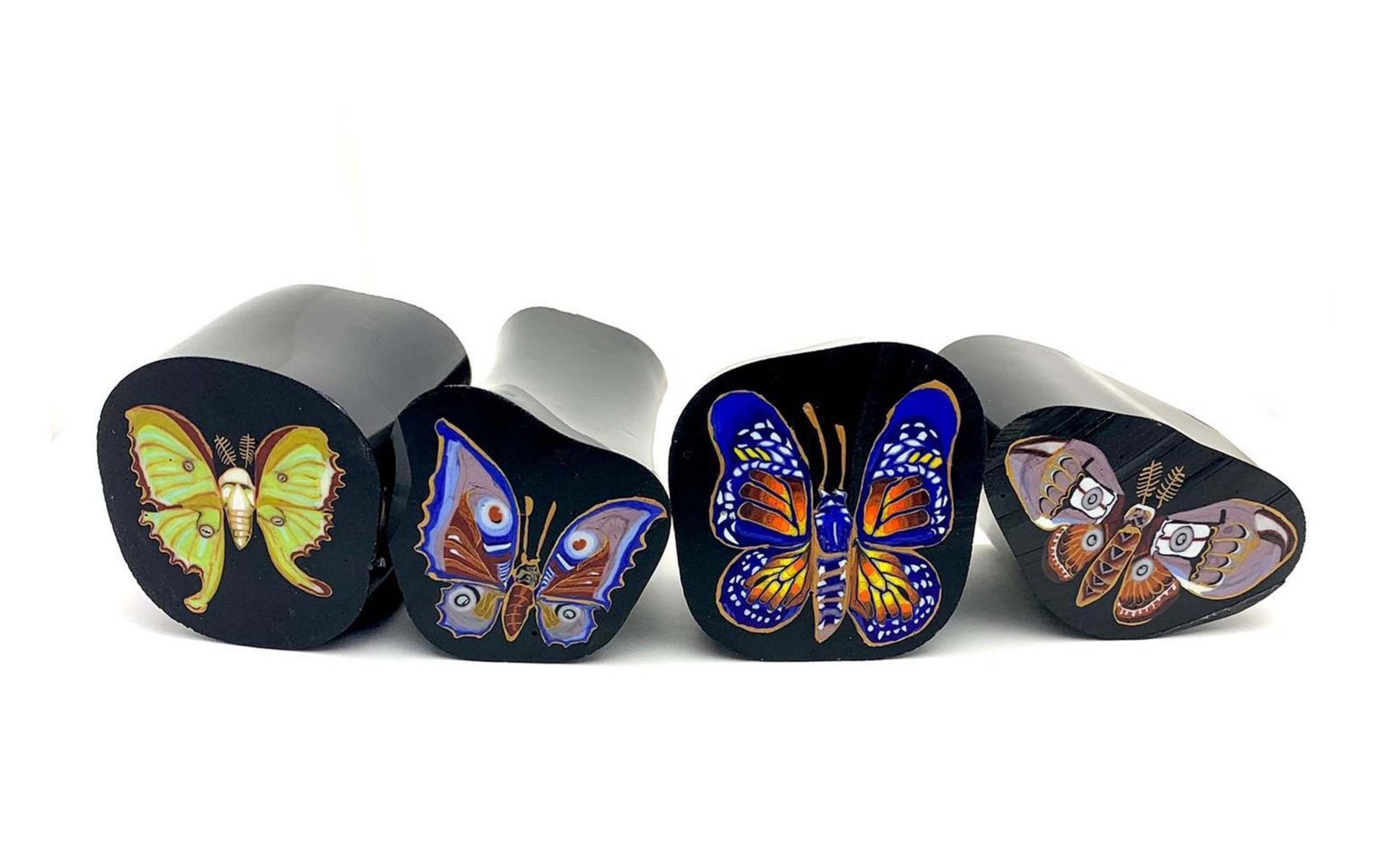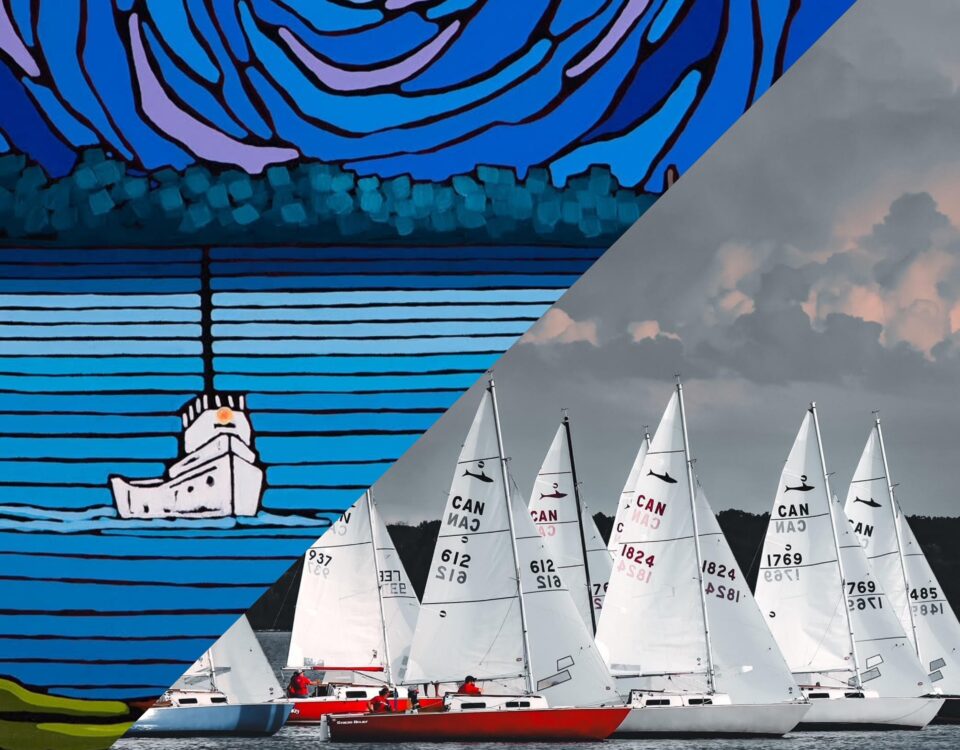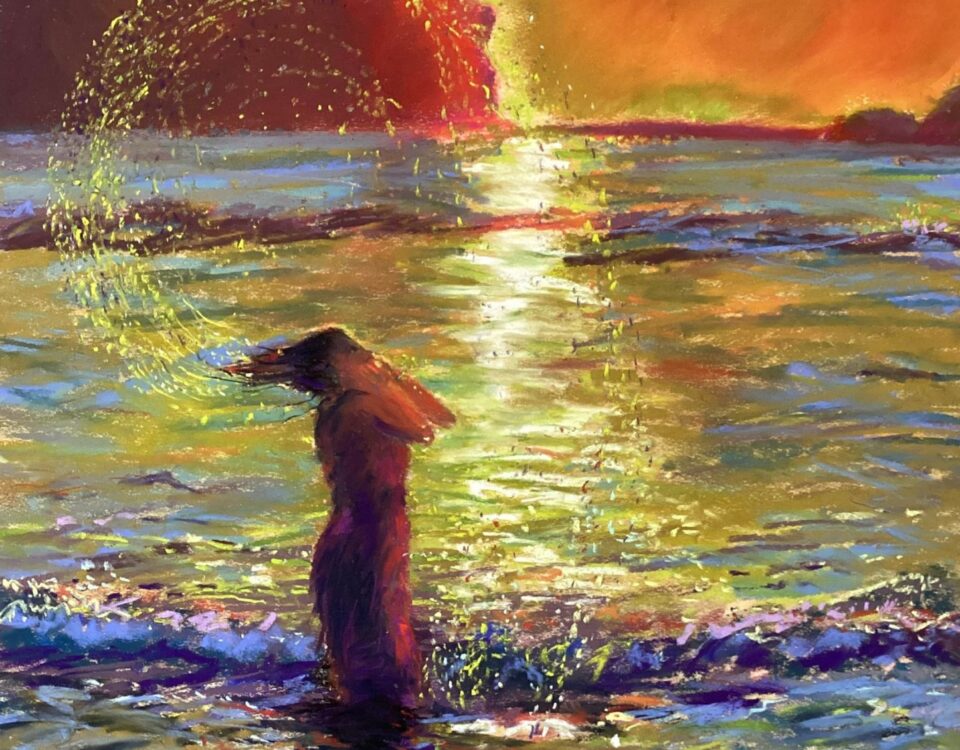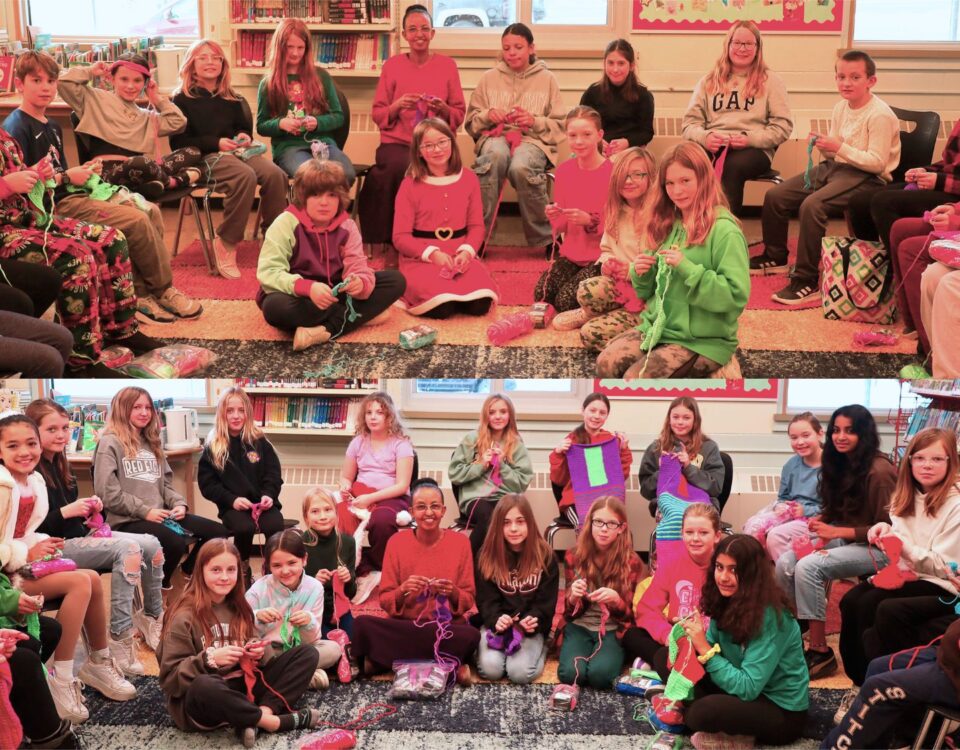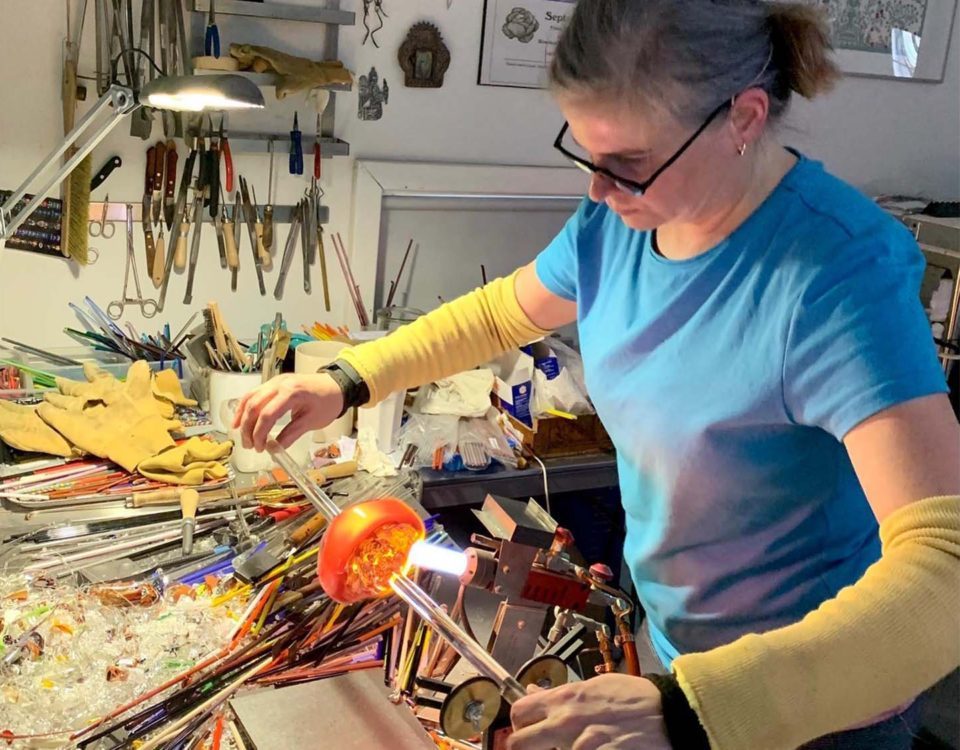
Lucie Kovarova-Weir was born in a small town in the Moravian region of the Czech Republic. The eldest of three daughters, in a family full of teachers, chemists, and engineers, she is something of an anomaly, having chosen art as her profession.
She’s been a student of art since she was six, eventually earning a masters degree in animation from the Academy of Arts, Architecture, and Design in Prague. While she has always loved working with her hands, with regards to glass, she is largely self-taught.
“I happened upon hot glass by chance through my lifelong love of, and interest in, glass beads and beadwork,” says Lucie. She started flameworking in 2002 with a textbook in her lap. “In those days I worked with glass mostly out of curiosity, without a purpose or significant goal – I just hoped to see how beads could be made.”
She adds: “Flameworking is very technical, and the hands-on nature of the material was very attractive, fuelling my inspiration.”
From her Lunacy Glass Studio in Tweed, Lucie makes fantastically intricate and animated murrine cane and glass beads. (Murrine are coloured patterns made in glass cane that are revealed when the cane is cut into thin cross-sections.) Her work has been exhibited throughout North America and Europe.
When asked why she enjoys working with glass, Lucie says: “Glass is a very versatile and widely used material. It can be worked while hot, in the kiln, at the torch or furnace, or cold by cutting and grinding it. In my case, every time the glass is molten in the flame and starts to move, I am hooked. It never gets old. I love that there never is an end because you are always learning.”
Murrine making has its origins in the Middle East over 4,000 years ago, and while Lucie has researched different historical periods, her inspiration is more personal: ”“Most often I look into my own story – how and where I grew up,” she says. “I have a love for fairytales, gardens, flowers and animals. The way their shapes get translated into some of the folk art patterns, designs and illustrations make my heart skip a beat.”
“The work is characteristic, because my hands made it,” she says. “I have never really thought too carefully about building my own style; I just hope to get to the studio and do the work.
